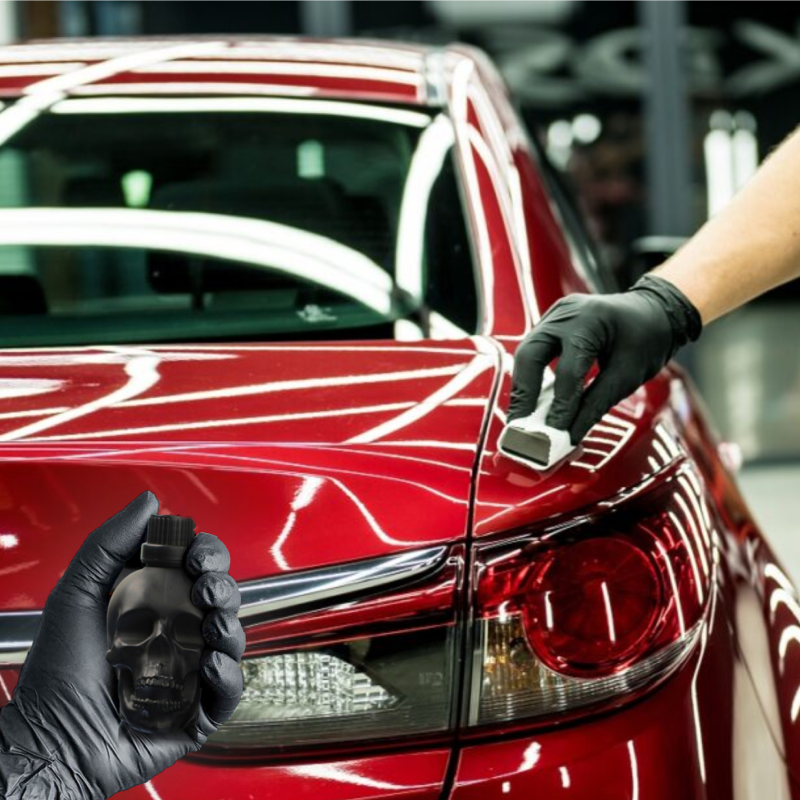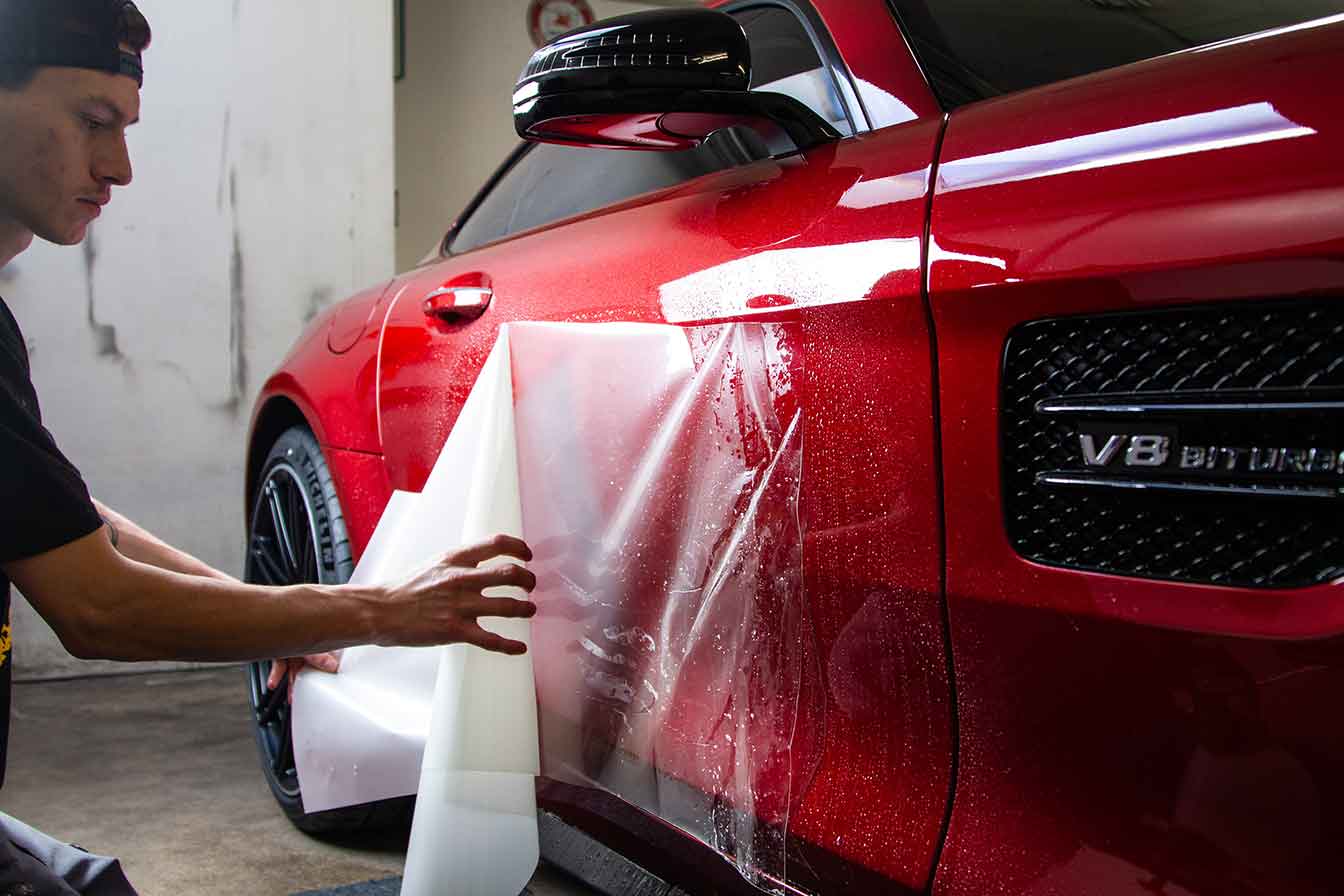Find specialized ceramic coating Sarasota services for superior protection.
Find specialized ceramic coating Sarasota services for superior protection.
Blog Article
A Comprehensive Guide to the Sorts Of Ceramic Coating on the Market
Ceramic layers have arised as an essential remedy across various industries due to their distinct properties and applications. As we check out the distinctive qualities and applications of these layers, the ramifications for performance and durability end up being significantly apparent, increasing questions about which kind could best match your requirements.
Recognizing Ceramic Coatings
Ceramic layers are sophisticated protective services that have actually gotten popularity in different sectors, specifically in vehicle and aerospace applications. These finishes include a fluid polymer that, when treated, creates a resilient, hydrophobic layer externally of the substratum. This layer gives boosted resistance to ecological pollutants, UV radiation, and chemical direct exposure, thereby prolonging the life and visual charm of the underlying product.
The basic element of ceramic coatings is silica, which adds to their hardness and toughness. The application procedure typically involves surface prep work, application of the layer, and healing, which can be achieved with warm or UV light. As soon as treated, ceramic coverings show extraordinary bonding residential properties, permitting them to stick highly to a range of surface areas, consisting of metals, plastics, and glass.
In addition to their protective functions, ceramic coatings likewise offer simplicity of maintenance. Their hydrophobic nature decreases the adherence of dust and crud, making cleaning easier and less constant. On the whole, the adoption of ceramic finishes represents a significant development in surface defense innovation, providing both functional and visual advantages across multiple fields.
Kinds Of Ceramic Coatings
Numerous sorts of ceramic finishes are available, each developed to fulfill specific efficiency needs and applications - Paint Protection Film. One of the most typical types consist of:
Silica-based Coatings: These layers primarily contain silicon dioxide and are understood for their longevity and chemical resistance. They are widely used in automotive and commercial applications.
Titanium Dioxide Coatings: Popular for their photocatalytic properties, titanium dioxide finishings are commonly applied in environments where self-cleaning and antifungal buildings are desirable, such as in building materials and automobile surfaces.
Zirconia Coatings: Characterized by their high-temperature security and thermal resistance, zirconia layers are utilized in applications such as generator engines and high-performance auto elements.
Alumina Coatings: Exhibiting superb hardness and thermal security, alumina layers are regularly used in wear-resistant applications, consisting of reducing tools and commercial equipment. - ceramic coating sarasota
Hybrid Coatings: Combining the residential or commercial properties of numerous materials, hybrid layers supply boosted efficiency features, making them suitable for special and demanding applications.
Each kind of ceramic finish serves unique objectives, allowing individuals to pick one of the most suitable remedy based on certain environmental conditions and efficiency needs.
Benefits of Ceramic Coatings
Ceramic finishings, in particular, deal numerous advantages that make them significantly preferred among manufacturers and customers alike. These layers are resistant to scrapes, chemicals, and UV rays, ensuring that the underlying surface continues to be protected over time.
Along with longevity, ceramic layers provide excellent hydrophobic homes, permitting easy cleaning and maintenance. This water-repellent nature lessens the adherence of dust, grime, and other contaminants, which can lengthen the visual allure and capability of the surface. Additionally, ceramic layers can dramatically boost thermal resistance, making them ideal for applications that withstand high temperatures.

Application Process
When applying ceramic layers, a thorough method is important to accomplish ideal outcomes. The application process usually starts with complete surface area prep work. This involves washing, sanitizing, and brightening the surface area to get rid of all impurities, including dust, grease, and prior waxes or sealers. A tidy surface area makes sure proper adhesion of the layer.
When the surface area is prepped, the next action is to use the ceramic covering. This can be done utilizing an applicator pad or a microfiber cloth, making certain even coverage. It is crucial to operate in tiny sections to maintain control and prevent premature curing. The coating ought to be applied in slim layers, as thicker applications can bring about irregular finishes.
After application, the layer needs a certain curing time, generally varying from a few hours to a full day, relying on the product. During this moment, it is important to prevent exposure to wetness or pollutants. Lastly, a gentle buffing might be needed after curing to enhance the gloss and eliminate any type of high places. Adhering to these actions vigilantly will take full advantage of the effectiveness and durability of the ceramic finish, offering a resilient safety layer for the surface area.
Maintenance and Long Life
To ensure the durability and performance of a ceramic layer, routine upkeep is necessary. Ceramic coverings, recognized for their toughness and safety top qualities, call for certain treatment regimens to optimize their life-span and efficiency. The initial step in maintenance involves routine cleaning with pH-neutral soap, preventing harsh chemicals that can break down the layer. It is a good idea to wash the automobile regularly, preferably every 2 weeks, to avoid the buildup of pollutants that can endanger the coating's stability.
In addition to routine washing, regular inspections are crucial. Try to find indicators of wear or damages, such as hydrophobic residential properties lessening or surface area flaws. If needed, a light gloss may be put on rejuvenate the finishing without stripping it away.
Furthermore, the application of a booster spray can boost the coating's hydrophobic impacts and recover its gloss. This is particularly beneficial for finishings that have actually been in use for an extensive period. Eventually, by sticking to these maintenance techniques, one can substantially prolong the life of a ceramic click resources layer, making certain that it continues to supply optimal protection against ecological aspects and keep the visual charm of the vehicle.
Conclusion

Report this page